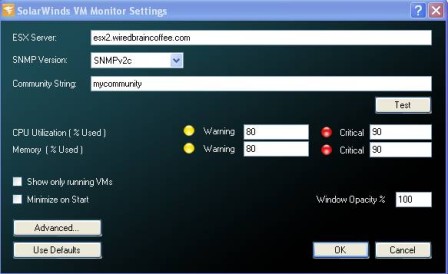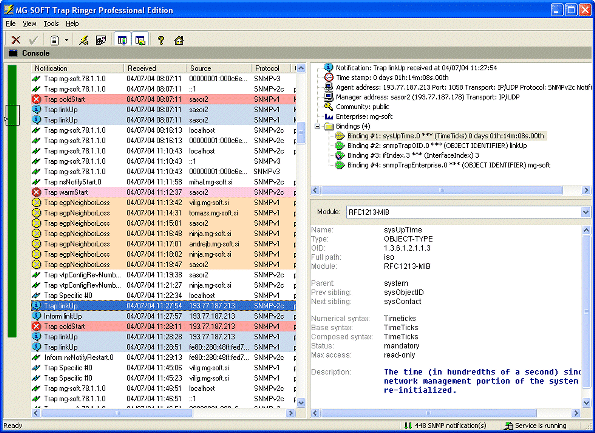
If engineIDType 3 is not specified, then this directive has no effect. Note that changing the IP address (or switching the network interface card) may cause problems.ĭefines which interface to use when determining the MAC address. Specifies that the engineID should be built from the IPv4 address (1), IPv6 address (2) or MAC address (3). Specifies that the engineID should be built from the given text STRING. MIBBrowser is a tool which provides SNMP monitoring information via GUI, so you can browse SNMP information with it.

However the capacity exists to define the engineID in other ways: Download MIB Browser - SNMP Monitoring for macOS 10.12 or later and enjoy it on your Mac. This ID will normally be determined automatically, using two reasonably non-predictable values - a (pseudo-)random number and the current time in seconds. SNMPv3 requires an SNMP agent to define a unique "engine ID" in order to respond to SNMPv3 requests. API based on the syslog, SNMP traps, or Windows event log messages received.
SNMP VIEWER FOR MAC WINDOWS 10
The following is an excerpt from the SNMPD.CONF document: By Mark Hachma The Windows 10 Event Viewer is a handy tool for looking at. In addition, since IWSVA uses Net-SNMP and there is a nf file that is modified via the WebUI, you can check some of its functions in the SNMPD.CONF document. We suggest to use the format "Enterprise ID + Code + IPv4 Address":Įnterprise: 00:00:01 (it must start with 8) RFC 3411 specifies the architecture for SNMP management frameworks and it gives the following options of how the Engine can be formatted: Fortunately, you don’t have to know everything about SNMP to use it to monitor a network’s bandwidth utilization.

SNMP Engine IDs are composed of octets (not less than 5 octets and not more than 12) and there is no standard display format for them they just need to be a hexadecimal string and they cannot be composed by all zeros or all 255s ("ff"). The Simple Network Management Protocol (SNMP) is a complexdespite its somewhat misleading namesystem that can be used to remotely monitor, configure and control many different types of networking equipment. The Engine ID allows to uniquely identify the SNMP engines and entities apart from each other.


 0 kommentar(er)
0 kommentar(er)
